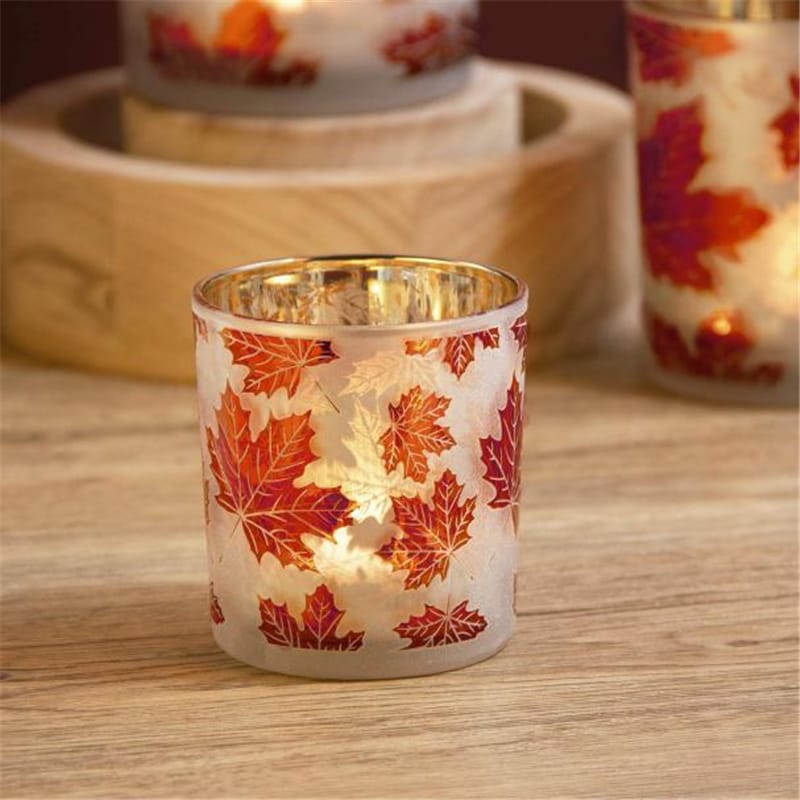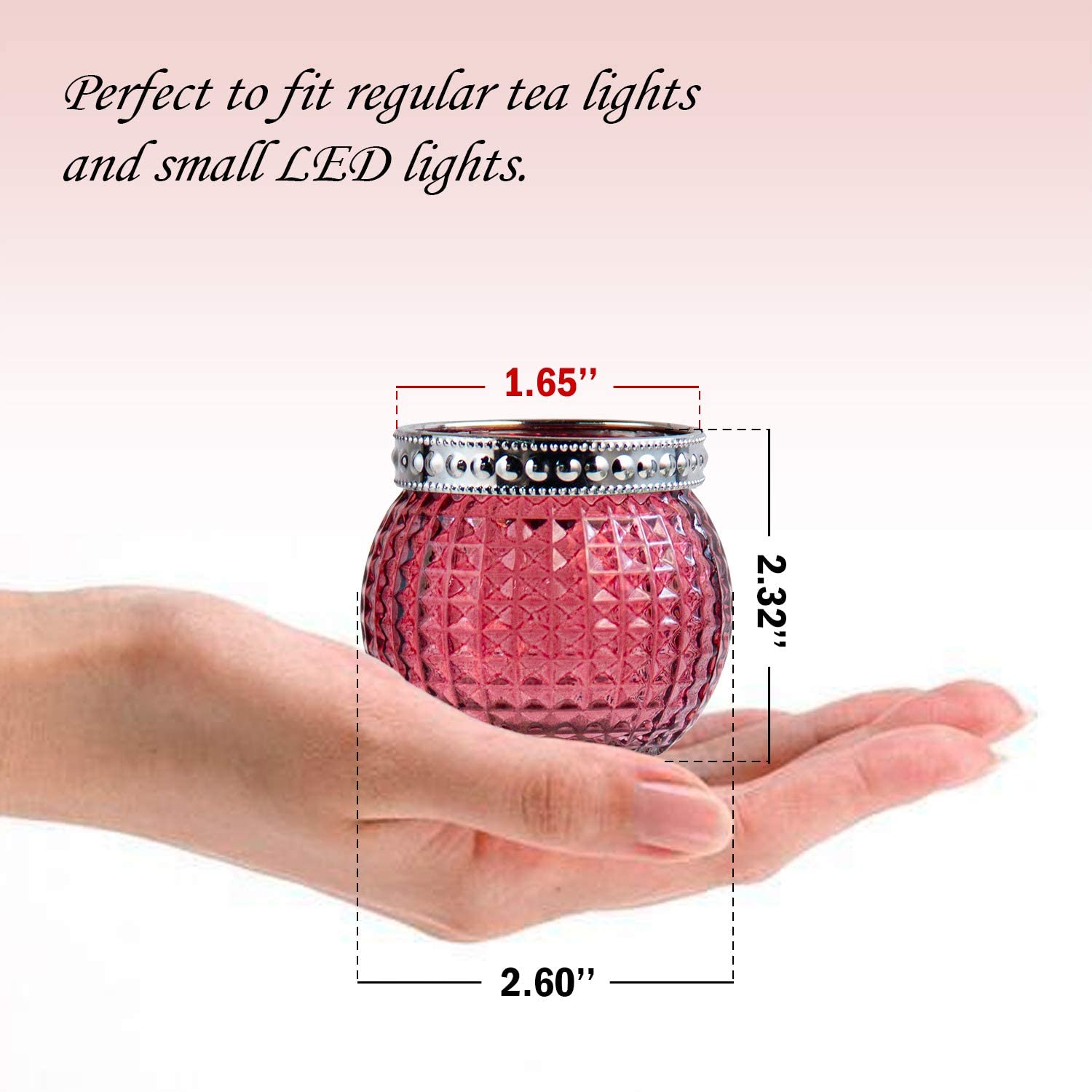SMALL NEWS IS BIG NEWS
Support local news by joining as a member! Receive unfettered access to our digital content, including our Examiner+ bonus content newsletter, and get other perks like free tickets to local performing arts, complimentary advertising for your favorite local charity, restaurant deals, and much more! Halloween Mirror

Opinion Advocates for ideas and draws conclusions based on the author/producer’s interpretation of facts and data.
A number of times through the long history of this column, I have referred to my “Aunt Pearl” who really wasn’t my aunt at all, but rather a dear older friend whom my wife and I made through her patronage of our antiques shop when we were newlyweds and young entrepreneurs.
Our adopted relative was a real character and could be quite critical of peoples’ foibles. I remember one story she told us about her neighbors who were so cheap that at night they would all gather around just one naked light bulb to read the papers and for their children to do their homework.
In contrast, Aunt Pearl’s home was brightly lighted with both overhead lighting and a lamp on every end table, as I recall.
In my own home, my wife and I have a combination of overhead lights, table lamps and high hat or recessed lighting in the ceiling, focused on our painting collection on two opposite walls in our great room/dining room. There’s no chance of a dark corner in our place!
The word lamp usually refers to free-standing or portable light fixtures, such as table or desk lamps. By definition today, a lamp is simply a light source created with a light bulb.
From the prehistoric torches, to Greek and Roman olive oil lanterns, to paraffin lamps, these objects were made of clay, bronze, brass, iron and ceramic. Shades or shields were invented from metal or glass to direct the light or to protect it from rain and wind.
Throughout the centuries these light fixtures evolved. Before the widespread use of electricity until the 19th century, especially in northern Europe, candles (wax, tallow or other animal and vegetable fats) were very common. The chandeliers and candlesticks had a wooden or metal structure with one or more orders of circular supports holding up the candles. The candelabra were usually branched, symmetrically or radially arranged. (Would Liberace have succeeded without his candelabra?)
The first lamps with a metal structure appeared in the 14th century and could be portable or fixed. Between the 15th and 16th centuries, lamps took many shapes. They illuminated churches and mansions, as well as humble households. In the 17th and 18th centuries, swinging lamps were richly decorated, chiseled and elegantly adorned with glass, semiprecious stones and porcelain. As well, table lamps had metal or wooden bases with refined fabric or stained-glass shades.
In 1763, the first public lights appeared in Paris hanging in the middle of the streets. They were oil lamps with reflectors and wicks. Frederick Albert Winsor first had the idea to use gas lighting. Gas extraction was industrialized and distributed by pipes.
The gas lights were white, bright, uniform and adjustable, but also quite toxic and dangerous. Important drawbacks were oxygen consumption, explosions and fire. So, it was necessary to ventilate rooms or to isolate the combustion chamber from the lighted rooms. And wasn’t it in the motion picture “Gaslight” where it was used by Charles Boyer to drive Ingrid Bergman mad?
In 1879, Thomas Edison developed the incandescent filament electric bulb light, and it created a revolution. Light fixture manufacturing began soon after, allowing houses and whole cities to be well-lighted. The drawback to that development was that the stars in the heavens were more difficult to see. I remember in my youth the blackout of 1965, when I looked up to the sky and saw stars as I had never seen before.
Shielding us from light from Edison’s invention that is too intense, we now have a variety of factors to ease the transition, including lampshades and glass chandeliers providing another critical element in the decor of our homes.
Bill Primavera is a realtor associated with William Raveis Real Estate and founder of Primavera Public Relations, Inc. (www.PrimaveraPR.com). To engage the services of The Home Guru to market your home for sale, call 914-522-2076. Examiner Media Examiner Media – Keeping you informed with professionally-reported local news, features, and sports coverage.
Examiner Media – Keeping you informed with professionally-reported local news, features, and sports coverage.
Dr. Jeannette Yuen, Cardiologist February is American Heart Month, an important reminder to focus on our cardiovascular health. The American Heart Association’s “Go Red for Women” initiative, designed to raise awareness of women’s heart health, is a great catalyst... Read More
We'd love for you to support our work by joining as a free, partial access subscriber, or by registering as a full access member. Members get full access to all of our content, and receive a variety of bonus perks like free show tickets. Learn more here.
To place an ad call 914-864-0878 or email advertising@theexaminernews.com

Eiffel Tower Table Lamp Copyright © 2023 The Examiner News . All rights reserved.